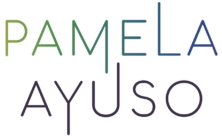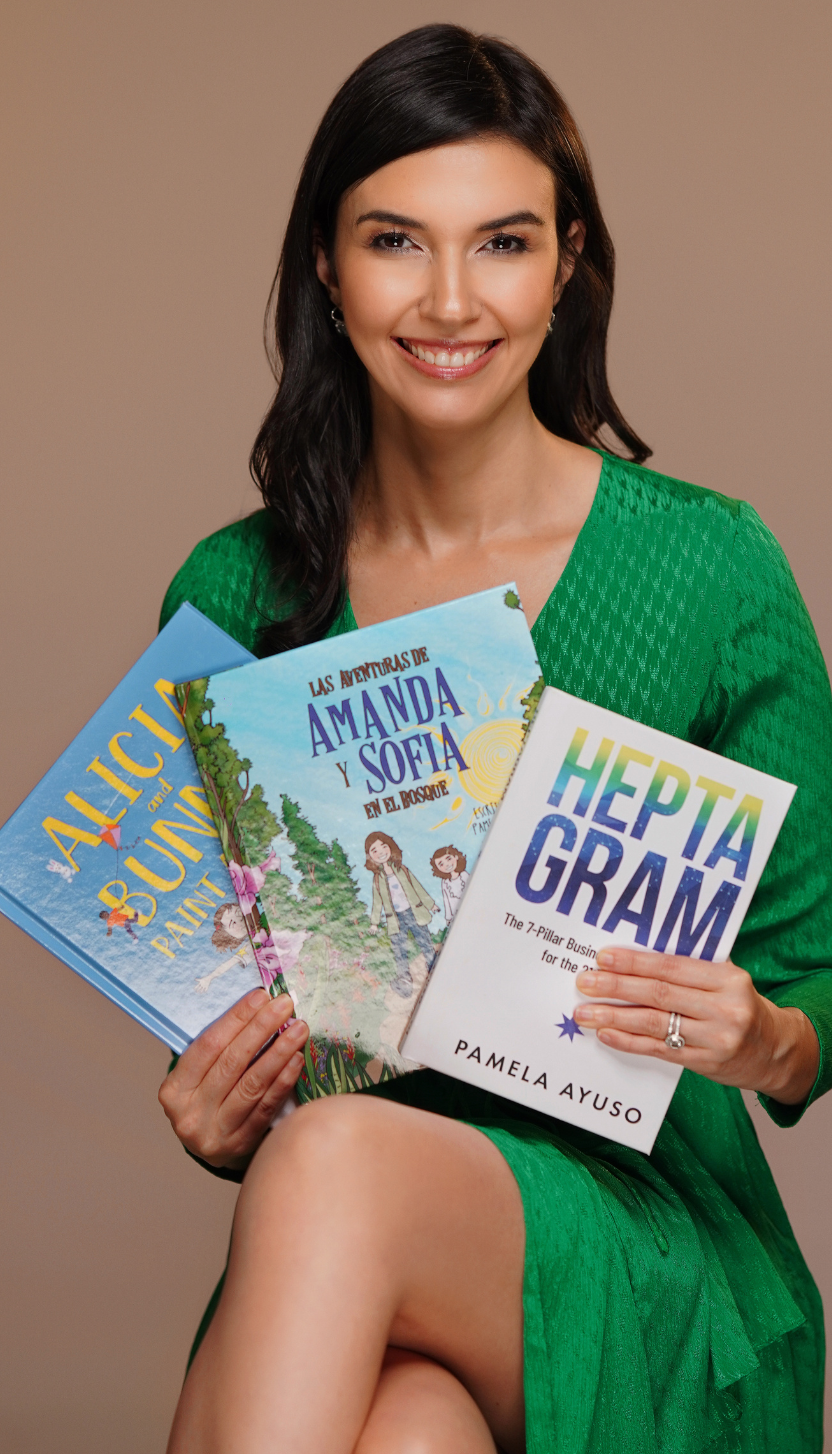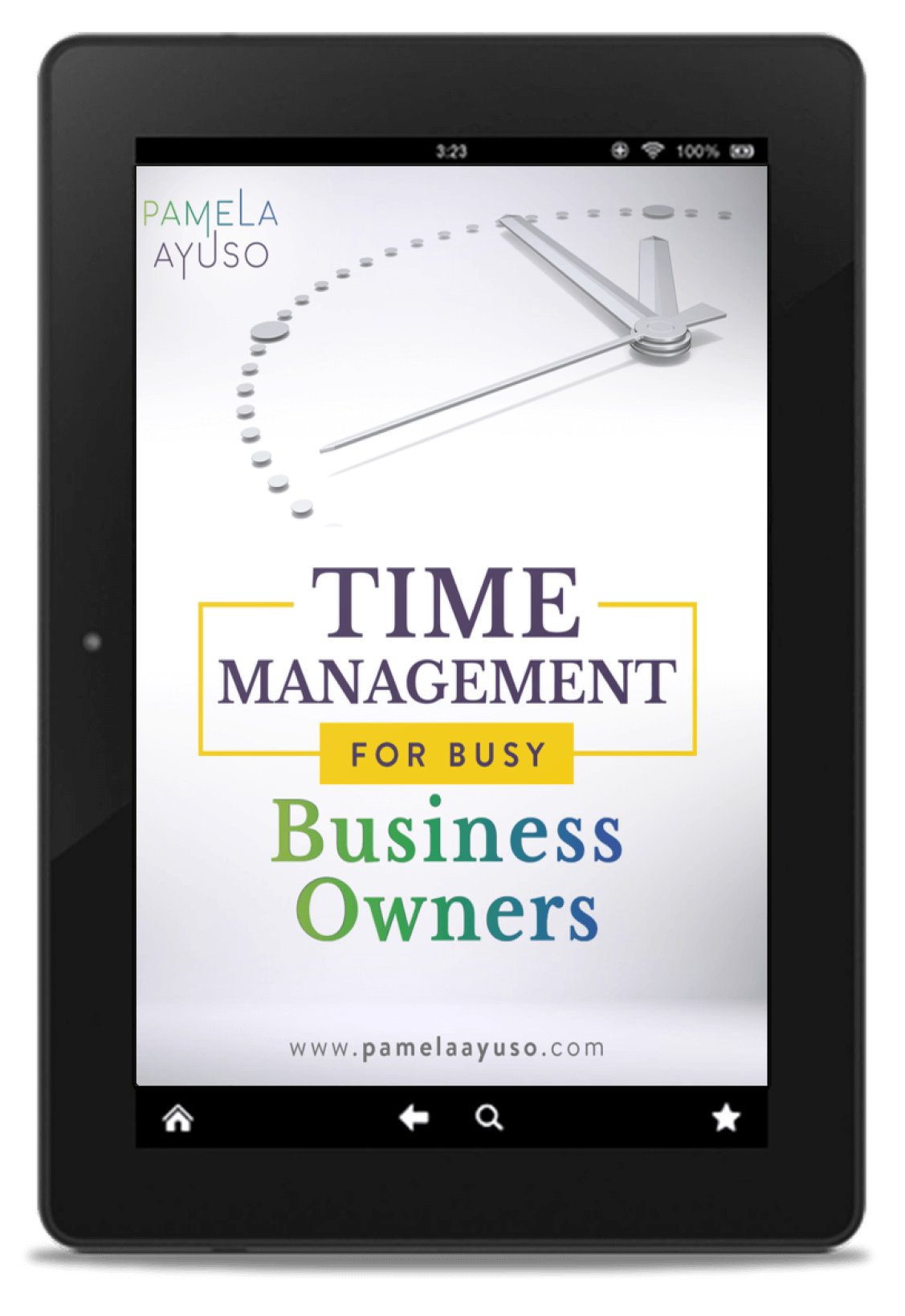Creativity is a strange animal — you could almost say it has a will of its own. You may have had the experience, as I had, of sitting in the middle of a meeting talking about an unrelated topic. And then suddenly, you have a flash of inspiration about something you have been grappling with for a year. Other times, you may struggle with the solution to a problem– perhaps you can’t find it, despite trying everything.
We all have our methods for inspiring creative thought. Leonardo da Vinci, one of the most brilliantly creative minds humanity has ever produced, famously left many of his works of art unfinished. He would start work on one piece and then leave it incomplete. On commissions, he would take more time than what was originally allotted. Those who hired him would try to force him to complete his work with punitive clauses in contracts, but it wouldn’t work.
![[Photo: Andreas Dress/Unsplash]](/wp-content/uploads/2021/01/andreas-dress-ZtD4DdClWGI-unsplash.jpg)
[Photo: Andreas Dress/Unsplash]
When he was painting, he would sit in front of his work and observe it. Sometimes he would make a smudge or two and leave. Other times he would leave it without modification. He carried some of his paintings around with him until the day he died, adding details to improve them as he learned more. He finished some of his works, but many others, he didn’t. We may feel disappointed that he didn’t complete many of the masterpieces he started, but it was all simply part of his creative process.
Meanwhile, his notebooks, some of which have been miraculously preserved, are an incredible testament to the mind of a universal person. Da Vinci’s relentless curiosity is evident in them. He lived in a world of ideas, which meant that he didn’t mind leaving behind an unfinished work of art to move on to something else. That is how his creativity worked.
Creativity is a gift to help improve how we work and build innovation within our companies. New and innovative solutions can help you take your company farther than you have before. However, how do we collaborate with it when we don’t have the luxury to think and experiment freely? Life has its demands, which can constrain our work and what we can accomplish. Like da Vinci, however, we can find small and effective ways to make creativity a part of our daily lives.
![[Photo: My Life Through a Lens/Unsplash]](/wp-content/uploads/2021/01/my-life-through-a-lens-bq31L0jQAjU-unsplash.jpg)
[Photo: My Life Through a Lens/Unsplash]
Find What Works for You
Schedule Time
If you have a creative project, such as writing, schedule a time in your calendar to work on it consistently. You may not have an entire morning or even a full hour available, but twenty-minute sessions each weekday may be more than enough to get your project running.
You may also wish to schedule a time to think and solve the problems you encounter. This time can be spent researching, reading related books, or talking to colleagues to brainstorm ideas. If you reserve time for creativity, inspiration is sure to find you.
Keep a Journal of Ideas
Like da Vinci’s notebooks or commonplace books, which serve as a record of quotes, ideas, and anything else that may interest its writer, keeping a journal is a great way to explore your thoughts. Da Vinci would take an idea apart visually through his artwork. He grappled with concepts through words and images until he reached a conclusion.
Da Vinci also used his notebooks to tie together related concepts, comparing his knowledge of hydraulics to the way blood flows inside the heart, and then draw hair curls in relation to swirls in water. Thus, writing and drawing activated his mind, and his notebooks served not only to record his work but mainly as the tool through which he thought and created.
Unfortunately, commonplace books went out of fashion after being a standard tool for students and thinkers, but we can take advantage of this technology to develop ideas just like da Vinci did.
![[Photo: Vickholius/Unsplash]](/wp-content/uploads/2021/01/vickholius-nugroho-jt6QxZwSOCQ-unsplash.jpg)
[Photo: Vickholius/Unsplash]
What Inspires You
Where do you find ideas and motivation? You, like me, might find it in books, such as biographies of inspiring people or those that describe how great organizations work. Alternatively, you may prefer to have stimulating conversations with people from various backgrounds and belief systems. Others still might prefer walks in nature. Inspiration might even rise as a combination of all three.
What matters the most is finding what works for you. In my case, I also find that I need to get plenty of rest and to disconnect from work or my projects in motion. The distance helps me gain perspective and stimulates my creativity.
Above all, I think creativity is closely linked to curiosity. Remaining curious about the world that surrounds us, like da Vinci was, and learning about its many wonders, will not only feed our creativity but make us stop in amazement at its beauty.
Isaacson, W. (2017). Leonardo da Vinci.



